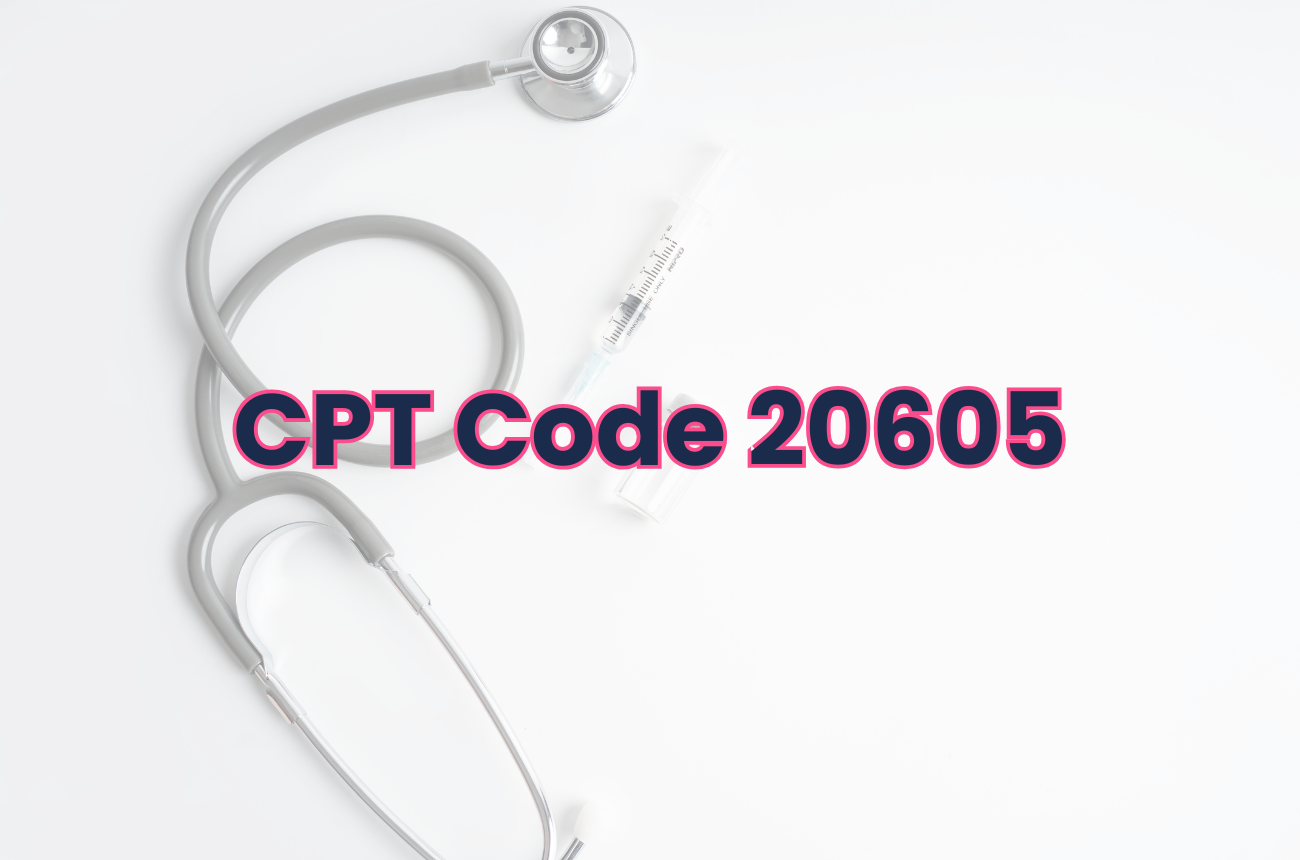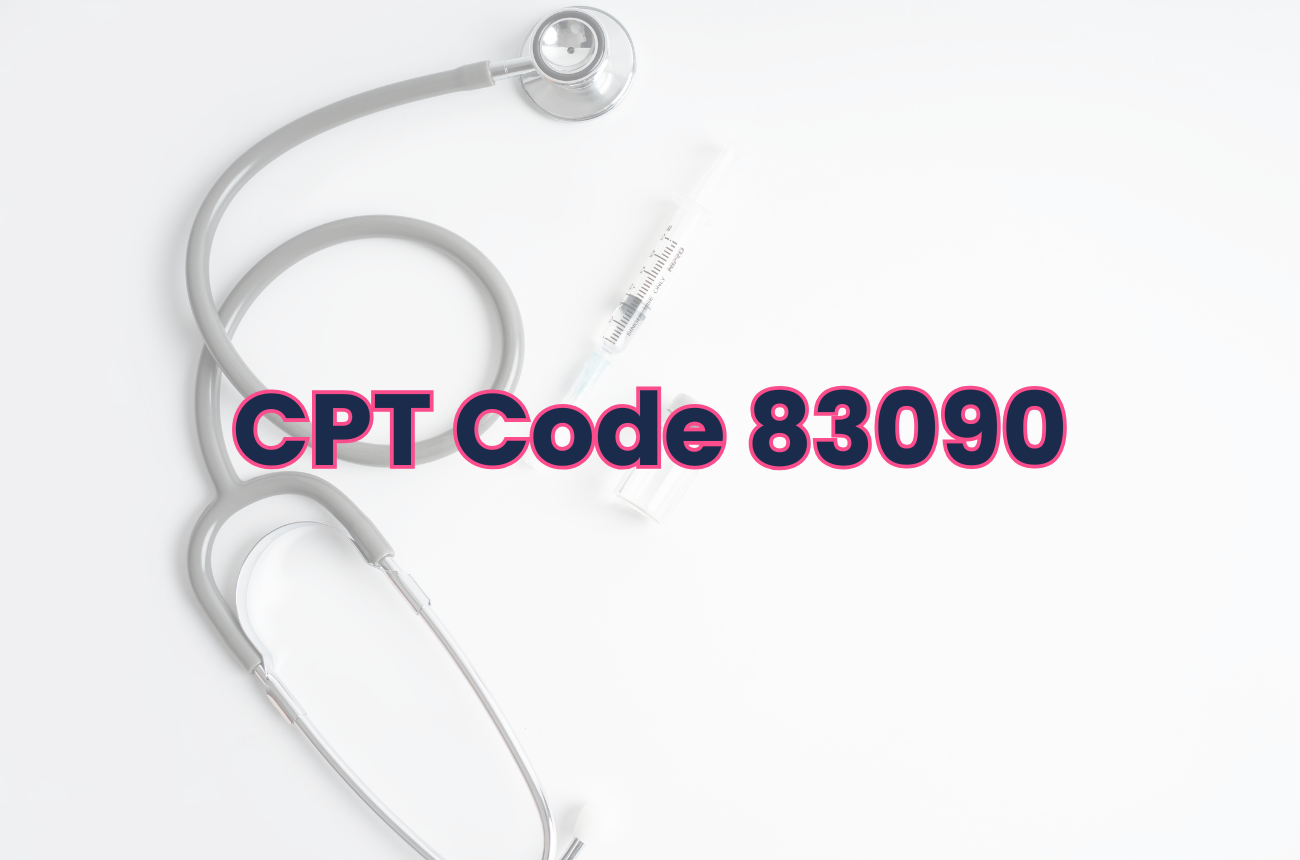Description:
CPT® 20605 is used to report arthrocentesis (joint aspiration) and/or therapeutic injection performed on a small joint. Small joints typically include fingers, toes, wrists, and ankles. This procedure is commonly used to diagnose or treat conditions such as arthritis, gout, bursitis, or joint inflammation. The procedure may involve:
- Aspiration of synovial fluid for diagnostic testing.
- Injection of corticosteroids, hyaluronic acid, anesthetic, or other therapeutic agents to reduce pain and inflammation.
When to Use:
- Patients presenting with joint pain, swelling, or limited range of motion in small joints.
- When synovial fluid analysis is needed to confirm diagnosis (e.g., gout crystals, infection).
- For therapeutic management of inflammatory joint conditions or degenerative arthritis.
Billing Requirements:
- Documentation must include the joint treated, indication for the procedure, and whether aspiration, injection, or both were performed.
- Only one small joint can be reported per CPT® 20605; additional joints require separate codes.
- Use modifiers if multiple procedures or joints are treated during the same encounter to ensure accurate billing.
Includes:
- Needle placement into a small joint.
- Aspiration of synovial fluid if performed.
- Injection of medications for therapeutic purposes.
Tips for Practice Efficiency:
Managing procedure coding, documentation, and follow-up care can be streamlined with an integrated EMR and practice management system like OptiMantra. With OptiMantra, providers can:
- Automatically link arthrocentesis procedures to patient charts.
- Track procedural outcomes and follow-up visits.
- Ensure accurate CPT® coding and billing for enhanced reimbursement and compliance.
By integrating clinical documentation with billing and outcome tracking, OptiMantra helps practices perform procedures like CPT® 20605 efficiently while maintaining high-quality patient care.
Try OptiMantra for free here!
.png)




